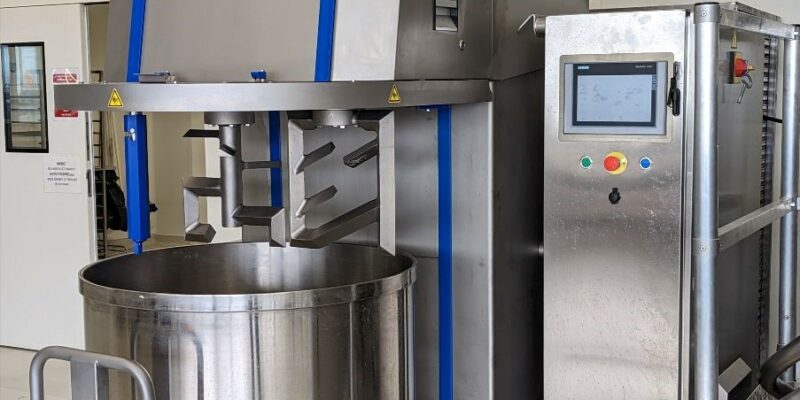Batch or Continuous Mixing?
The information you need to decide the correct mixer for you
Here at EPP, we believe knowing mixing fundamentals is essential to purchasing the right mixer for you, one that will optimise efficiency but also create a perfect end product for your customers. We supply a range of mixers from manufacturers VMI and LP Group, suitable for either craft and artisan or large industrial applications. We ensure our knowledgeable team are fully versed in the bakery equipment we supply, but we believe customers should also know the key factors when purchasing a mixer, to understand their production line better. Read on to understand the differences between batch mixing or continuous mixing processes, find out which products they are best suited for, and learn the key factors to consider in your purchasing journey.
Understanding the two mixing methods and their differences is a crucial first step bakers should undergo when considering a new mixer. Batch mixing is the most common method and is performed in defined quantities each time, resulting in different batches. The ingredients are mixed together to form a homogeneous dough and then discharged to complete the rest of its production journey, all whilst the process is repeated over and over. This differs from continuous mixing where the ingredient dosing is automatic and continuously fed into the mixing bowl. A pre-mixer is normally used in this process to ensure the dough is pre-hydrated to be in good condition for the kneading of the main mixing bowl. Following the mixing, the dough will be divided and continue its journey.
A major factor to consider in deciding the mixing technology is the end product and the process priorities to create the baked goods. We see continuous systems are advantageous for cold, raw or par-baked doughs and a continuum vacuum mixer is ideal for the softer products or unstructured doughs. Whereas the batch system offers a greater versatility for being able to cater to a range of products, including unstructured goods. A customer’s process, product requirements, priorities, quantities and timings should all be taken into account.
Although both mixing options can create similar products, they have different strengths, making them better for certain products and requirements. For example, batch systems provide a higher flexibility and versatility to suit a wider range of products, and the level of automation can be variable to meet different requirements. Continuous mixing guarantees a higher consistency of product which is ensured by the level of automation. Both methods are known for their high level of productivity, but batch mixing can be argued to be more suited to diversification and smaller and medium production levels.
Some key factors to consider when debating the perfect technology are:
- The consistency and constant quality of your product
- Precise dosing
- Production volume and variety of products
- Temperature Control
- Atmospheric Control
- Level of Automation
- Space
- Support
To learn more about VMI and LP Mixers, head on over to our website or get in touch with one of the EPP sales team who would be delighted to assist you in finding the perfect mixer match for your bakery.

